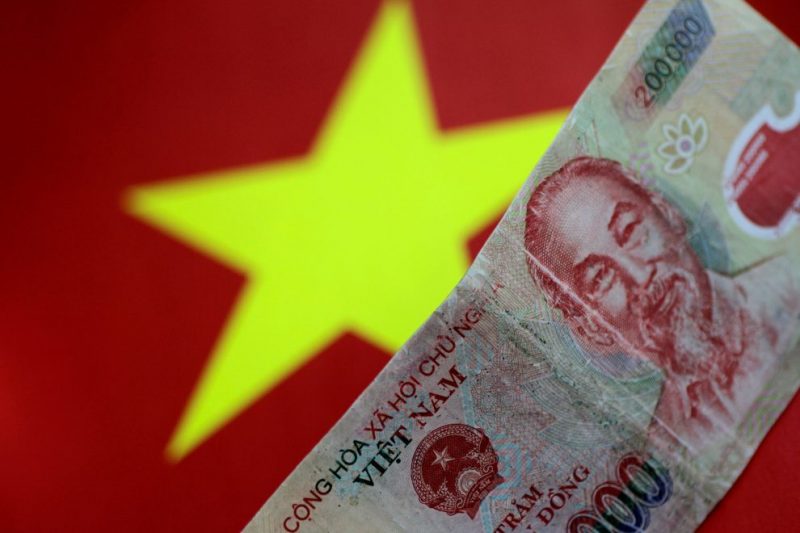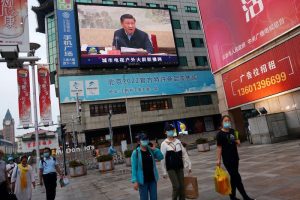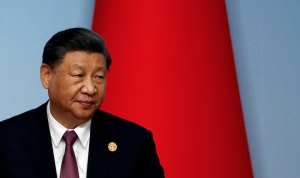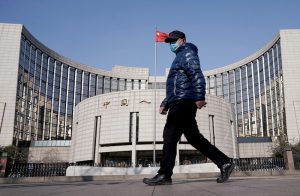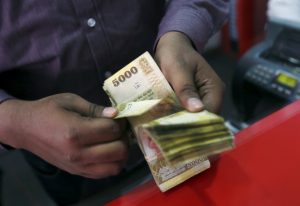Hanoi has announced it will ensure public debt does not exceed 60% of its gross domestic product through 2030 as the country struggles to simulate economic growth while also staving off once rampant inflation.
The statement appears to resolve a question raised in November 2021 which indicated the government was considering raising the debt ceiling and increasing government spending. At the time, governor of the State Bank of Vietnam Nguyen Thi Hong warned lawmakers that the “country is facing upward pressure on inflation in 2022”.
This new statement will ease concerns over inflation, which has been a perennial problem for Vietnam for decades. In 2008, inflation hit a whopping 23%, and 18% in 2011, according to the World Bank. That steady price inflation has not only eroded the value of local’s savings, it also hurts investors whose returns are denominated in a currency that regularly falls in value.
According to World Data figures, inflation in Vietman averaged 6.3% from 1996 to 2020, but with occasional spikes the overall price increase was over 320%. An item that would cost 100 Dong in 1996 would cost over 420 Dong by the start of 2021 – and investors’ holdings were hit the same way.
While the central bank has kept consumer price rises under 5% for the last five years, it has been creeping up. IMF figures also show the country’s CPI has climbed from just 2.7% in 2016 to an estimated 4% in 2021.
And annual core inflation, which excludes volatile items, increased to a nine-month high of 1.09% in March from 0.68% in February. On a monthly basis, consumer prices rose 0.7% in March, easing from a 1% gain in the prior month, according to the General Statistics Office of Vietnam.
- Neal McGrath
READ MORE:
Vietnam Blocks Sony Movie ‘Uncharted’ Over South China Sea Map
Ukraine Asks Vietnam, Central Asia to Ban Russia Payments
Vietnam Sees Spurt in Foreign Tourist Arrivals – Viet Nam News




